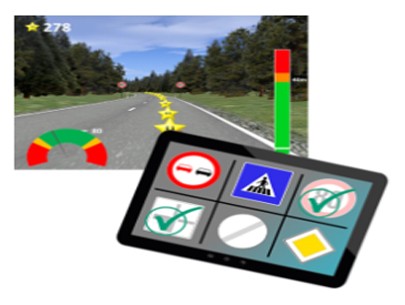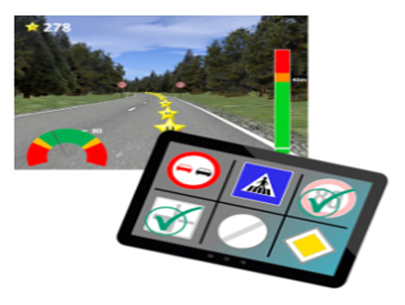Megatrends such as networking, electrification and automation are already influencing the mobility behaviour of users today. However, the introduction of these technologies is only just beginning, so that the range and impact on future mobility behaviour are still largely open.
While today individual means of transport are mainly used in isolation, in the future a significantly higher degree of intermodality in the choice of means of transport and thus also a trend towards sustainability in mobility behavior is to be expected. The basic prerequisite for this is comprehensive networking of the means of transport with the infrastructure, so that the user-side disclosure of data will become even more comprehensive.
Our research group contributes to the realization of future mobility concepts by investigating the motivation of the choice of means of transport, the driving pleasure of different means of transport as well as the user requirements for future intermodal mobility. In addition, we develop user-centered approaches that enable the user to control his data in a highly networked mobility environment.
Reference Projects
In the sub-project “Perspectives of Urban Mobility”, the Institute of Ergonomics and Human Factors is working on sustainable traffic concepts for automated mobility in the city. Of central importance is the question of how the mixed traffic of pedestrians, cyclists, privately or jointly used vehicles and public transport will develop in the future.
Interactive elements, known as gamification elements, are being used in more and more everyday activities to encourage certain types of behaviour in people, while at the same time enhancing the user experience. The IAD is investigating to what extent gamification elements can be used to promote more ecological and safer driving, for instance.


Playful elements, so-called gamification elements, are now being used more frequently in everyday activities in order to achieve certain behaviours of people, while also increasing the user experience. The usage of gamification elements in the context of driving is also conceivable and already implemented in small areas, e.g. to promote more ecological and safer ways of driving.
Today, the car is the most frequently used means of transport in Germany and has become an indispensable everyday object for many people. A positive driving experience is a central factor influencing the choice of our means of transport. The terms driving fun and driving experience are often used by media and manufacturers. It is often unclear what is meant by the terms driving pleasure and which factors influence driving pleasure. Today, the driving experience and driving pleasure are discussed in particular with regard to the increasing automation of driving.









